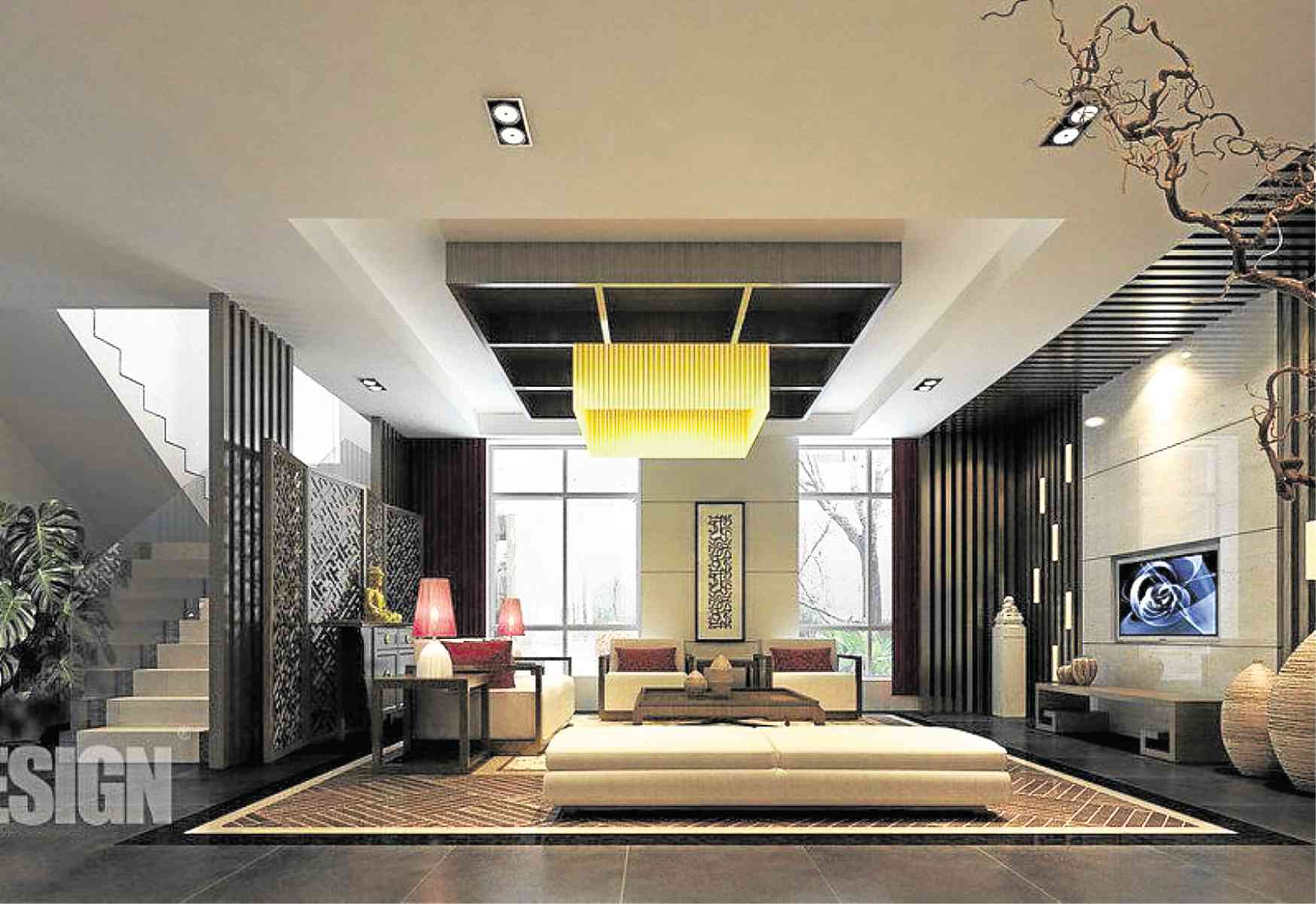What comes to mind when you think of a Chinese home? For many of us, traditional elements in Chinese culture remain symbolic of their interior style.
Porcelain dinnerware, calligraphic tapestries and ornate carvings are often associated with the homes of Chinoys. Items for good luck and feng shui are popular as well, even in the homes of non-Chinese families. Unbeknown to many, however, the Oriental style we know continues to adapt to the modern times.
Since hosting the Summer Olympics in 2008, China has become a nation keen on showcasing talent in terms of architecture and interior design. These past few years, we have witnessed the evolution of the Chinese from traditional artists to innovative trendsetters in design fairs and competitions.
As we celebrate the Chinese New Year, let us take a look at some of the best this nation has to offer. For whether traditional or modern, the Chinese uphold the same principles in design: simplicity, elegance and culture.
Red, black and gold
The Chinese are people who consider color as a powerful tool to shaping spaces.
They often incorporate red in their interiors as it symbolizes prosperity and fortune. Black, meanwhile, is considered as a formal hue, as it is known to be the color of heaven. It is often used together with white, alluding to the Yin and Yang principle of duality.
Gold is used by the Chinese to denote wealth and nobility. Traditionally, this is the color adapted by the Chinese emperors. Nowadays, it is used mostly in interiors to add a touch of elegance and shine to a room.
While the Chinese do not really prohibit the use of other colors in interiors, red, black and gold are often used in their spaces due to their visual and symbolic implications.
Intricate framework
Geometric partitions and panels are usually present in Chinese homes. Beyond privacy, these ornate frames play a part in Chinese history and culture.
Relics from ancient dynasties reveal that during the olden times, the Chinese had their wishes and dreams engraved onto their window frames (Vision Times Chinese, 2013). Today, intricate framework had found their way in Oriental furniture and panels as well.
Clean cut lines
Traditionally, Chinese homes feature the art of calligraphy in common spaces. While Chinese script remains popular in many Oriental homes, these are not really required in their spaces.
Instead, many modern Chinese opt for clean, fine lines and geometric patterns to create a minimalist home. With the goal of creating a harmonious space, Chinese interiors nowadays forego ornate curves and rather, prioritize simplicity.
Natural materials
True to the practice of feng shui, Chinese interior design encourages the use of natural materials in your home. In particular, the five feng shui elements are used predominantly at home—fire, earth, metal, water and wood. These elements are believed to increase the flow of positive energy within the home.
Metal is believed to reflect positive energy. Glass is an alternative that can create the same effect. Smooth stone is great for places where you need increased energy, such as the kitchen or the workspace.
Rough stone, on the contrary, dissipates energy and is great in the bedroom.
Wood is a favorite material among Chinese designers because it has a neutral effect. Smooth, shiny wood finishes spread positive energy, while rough wood finishes slows it down. Water creates a relaxing effect in a room. Earth colors, such as hardwood floors, makes one feel grounded and balanced. Lastly, candles and other fiery items encourage passionate energy and should be used sparingly in areas of relaxation.
Nowadays, Chinese interiors have transcended tradition and have become progressive in the age of modernity. While still featuring some familiar elements in design, Oriental domestic spaces no longer rely on conventional symbols. Instead, they incorporate cultural ideals through a minimalist approach.
If you want to honor the Chinese during this coming new year, try to explore their principles in your home interiors. Beyond feng shui and good luck symbols, the Chinese offer harmony in their design.
There is much to learn from them if you wish for some balance in life, and installing a bagua isn’t even required.
Sources: www.visiontimes.com; setinchina.com; www.lushome.com; fengshuiforreallife.com


